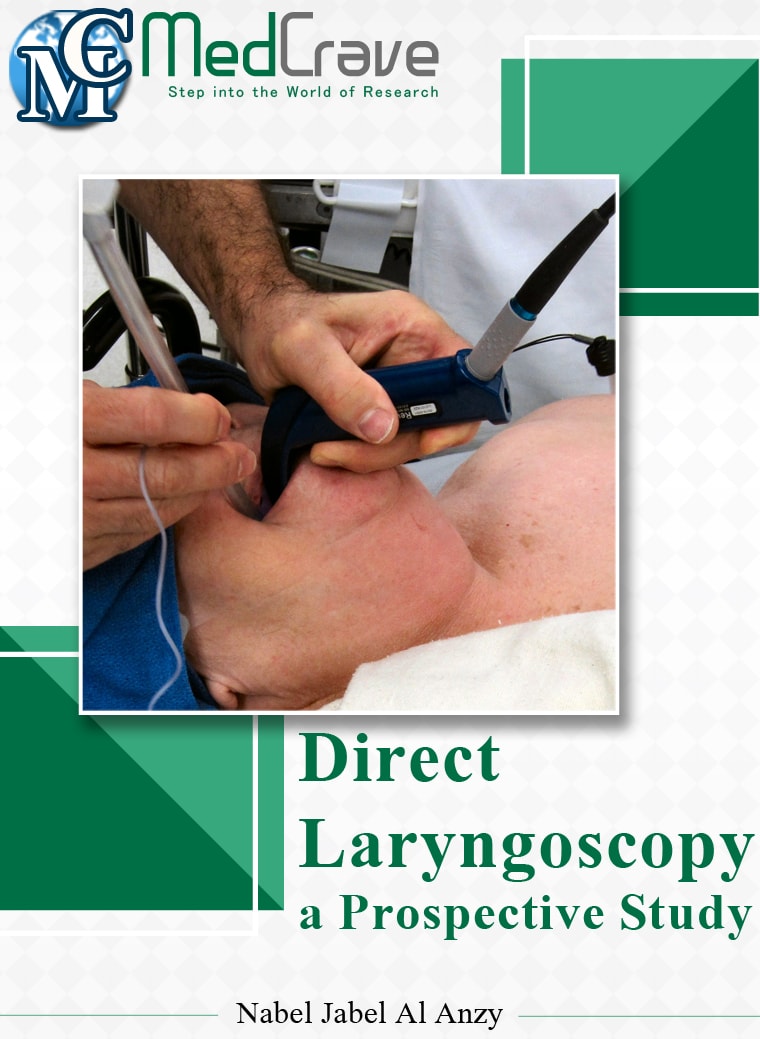eBooks View all | By AtoZ | By category
Direct Laryngoscopy a Prospective Study
By Nabel Jabel Al Anzy
Al Imamain Khadhmain Teaching Hospital, Iraq
Published: Jul 07, 2017 | pg. no: 1-23
Abstract: A prospective analysis of 100 direct laryngoscopic procedures was performed in the department of otolaryngology -al imamain kadymain hospital- Baghdad –Iraq for the period from December 2013 to December 2014. The patients consisted of 55% males and 45 % females with an average age of 42.8 years. The most surgical indications for direct laryngoscopy in this study were hoarsness of voice (77%) and tumor -like masses on direct laryngoscopy (38%). Most of procedures were performed under general anesthesia. Direct laryngoscopy was done as a diagnostic approach in 75 % of patients and in 25 % it was performed as a therapeutic procedure. Direct suspension microlaryngoscopy was further employed in 10 patients for therapeutic purposes. Laryngeal sequamous cell carcinoma was the most common final diagnosis among malignant cases (41%), where as chronic non-specific laryngitis was the predominant final benign diagnosis (13%), where as chronic non-specific laryngitis was performed was the predominant final benign diagnosis (13%). The result revealed that the diagnostic accuracy of indirect mirror laryngoscopy compared with direct laryngoscopy was 61% moreover; the diagnostic accuracy was 87% by comparing direct laryngoscopy findings and histological diagnosis. Direct laryngoscopy was difficult in three patients. The difficulty was generally recognized in patients with short and muscular neck. The incidence of major complications was at least 4% with minor complications occurring in 7% of patients only. Moreover, laryngospasm was significantly higher among patients underwent direct laryngoscopy with other procedures “than those underwent direct laryngoscopy alone.
View eBook
